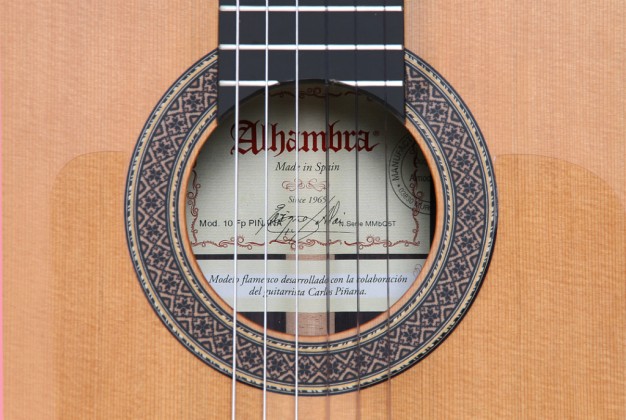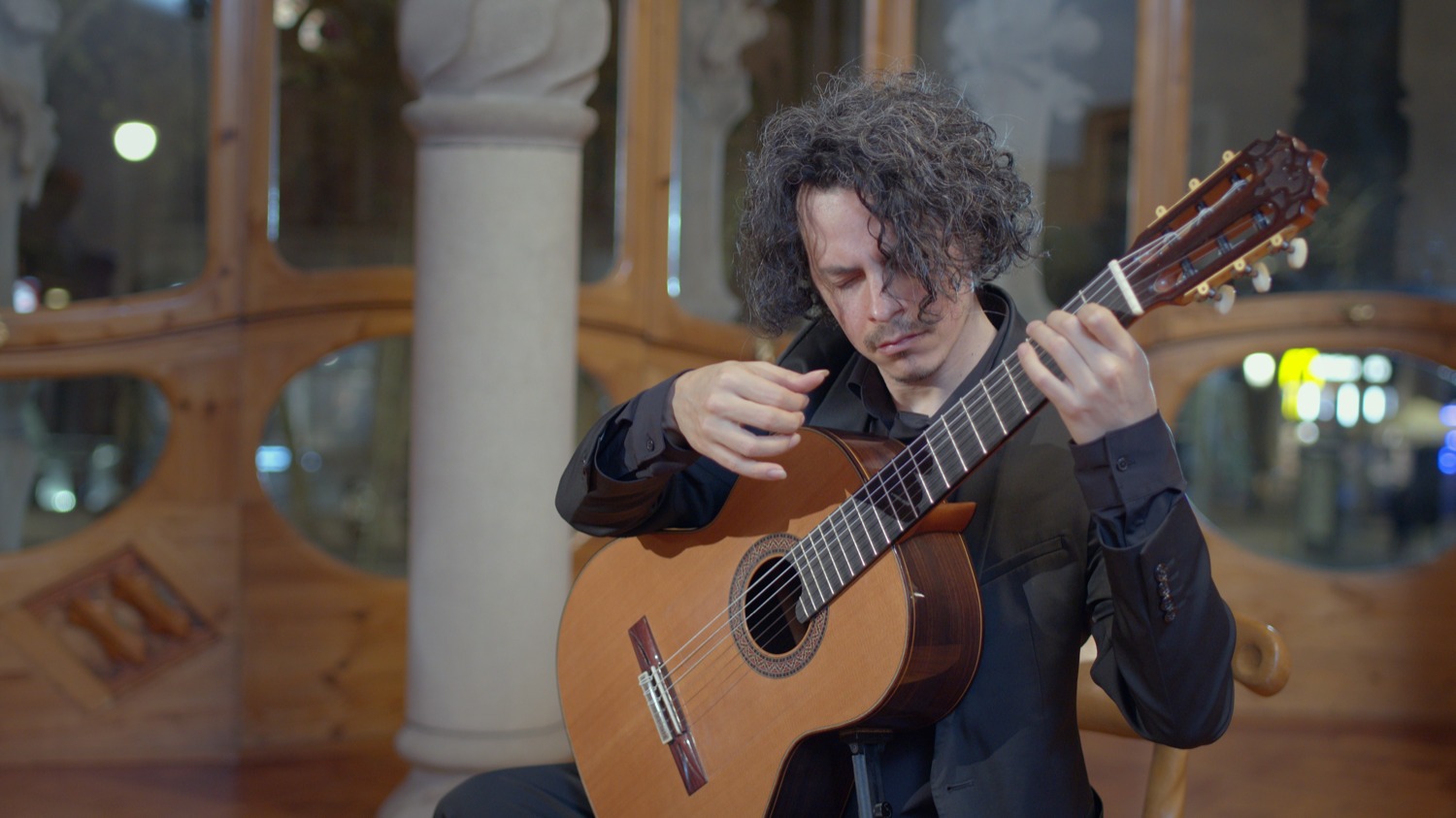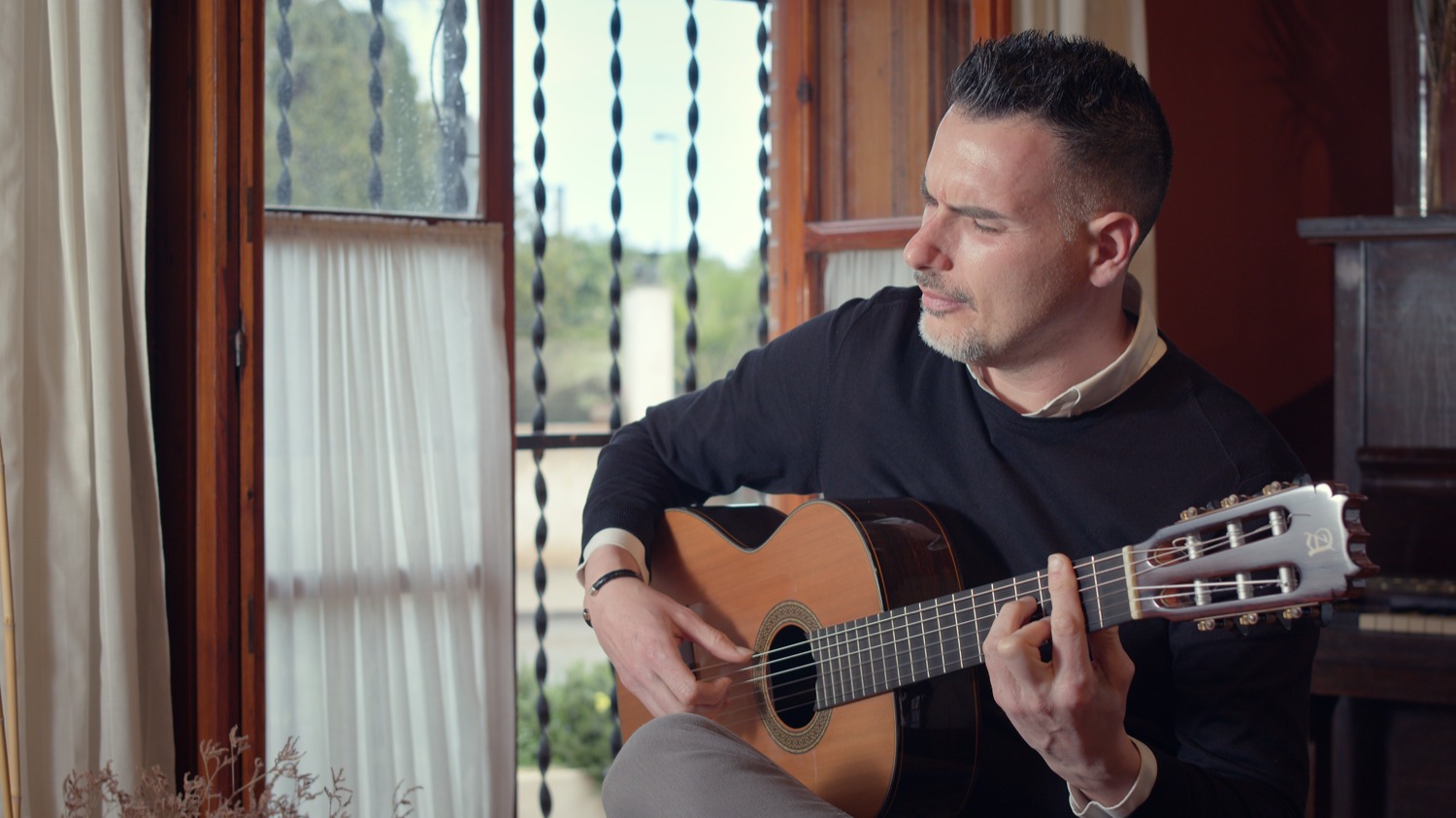Differences and Similarities Between a Classical Guitar and a Flamenco Guitar
If you're a music lover who has delved into the world of guitars, you've likely wondered about the differences and similarities between a classical guitar and a flamenco guitar. These two instruments have a rich history and a unique musical personality.
In this article, we will explore the distinctive features of each and highlight the similarities that bring them together. So, are you ready to dive into the exciting world of guitars?
Before diving into the differences and similarities, it's essential to understand the foundation of both guitars.
Classical Guitars: The Elegance of Tradition
Classical guitars, also known as Spanish guitars, have a long history dating back to the 18th and 19th centuries in Spain. They are known for their elegant design and a warm, balanced sound.
Flamenco Guitars: The Passion of Flamenco
Flamenco guitars are inseparable from the flamenco musical genre. Their history is rooted in the depths of Gypsy and Spanish culture. They have a bright and percussive sound that complements the passion and rhythm of flamenco.
Similarities:
Quality Wood:
Both types of guitars are constructed using high-quality wood. The choice of wood is crucial for the final sound, and both varieties use noble woods to ensure the best possible sound quality.
Detailed Craftsmanship
Both classical and flamenco guitars are crafted through a handmade construction process. Luthiers pay attention to every detail to create instruments of exceptional quality.
Nylon Strings:
Both guitars use nylon strings, contributing to their characteristic sound and allowing for a smoother and more expressive performance.
Differences:
Flamenco guitars and classical guitars, two string instruments that have captivated musicians and music enthusiasts for generations. Their appearance can be deceptive, as they share visual similarities that might confuse anyone. However, when we delve into the technical details, fundamental differences emerge that make each one unique in its own category.
Sound:
The flamenco guitar has a brighter and more percussive sound than the classical guitar. This is because the flamenco guitar has a thinner top and a smaller body.
Lower String Action:
The string action on a classical guitar is higher, meaning the strings are further away from the fretboard. This allows for better control and expression while playing. In contrast, flamenco guitars have a lower string action, facilitating rapid strumming and tapping.
The combination of lighter woods, lower string action, and a thinner neck results in a sharper tone in flamenco guitars. This bright sound is a distinctive feature of flamenco and adds a touch of vitality and passion to flamenco music. Classical guitars, in contrast, tend to have a smoother and warmer tone due to their different construction characteristics.
Other important aspects include the presence of a tap plate or golpeador on flamenco guitars, which protects the top from scratches and tapping that often occur during flamenco playing. The headstock angle on flamenco guitars is traditionally lower than on classical guitars, primarily due to the string tension during pulsation, which differs for each type of guitar.
Body Shape:
Classical guitars usually have a larger and rounded body shape, contributing to their balanced sound. On the other hand, flamenco guitars have a narrower and higher body box than classical guitars. This gives the flamenco guitar a sharper and more nasal sound.
Internal Bracing System:
The internal bracing, or varetaje, is a crucial component in guitar construction. In flamenco guitars, the bracing is designed specifically to achieve a percussive sound on the top. This is fundamental to the characteristic flamenco sound, which requires distinctive projection and attack in the notes. In contrast, classical guitars aim for depth and sustain in the notes, leading to a different arrangement of harmonic bars inside the top.
Top Plate:
The top plate of the flamenco guitar is typically made of spruce for the soundboard, cypress or rosewood for the back and sides, and ebony for the fretboard. Additionally, the thickness of the top, back, and sides is usually slightly less in flamenco guitars, contributing to the overall reduction in weight. The classical guitar typically features a top plate made of spruce or cedar for the soundboard, rosewood or hardwoods for the back and sides, and ebony or rosewood for the fretboard.
Playing Style:
Flamenco guitarists often use a more percussive playing technique compared to classical guitarists. This is because flamenco requires a stronger and more articulated sound.
How to Determine if Your Guitar is Flamenco:
A straightforward way to tell if your guitar is flamenco is to look at the body. If the body is narrow and tall, it's likely a flamenco guitar. They typically have a golpeador. Another way to determine if your guitar is flamenco is to play it. If the sound is bright and percussive, it's likely a flamenco guitar.
Conclusión
In summary, classical guitars and flamenco guitars are two extraordinary musical instruments, each with its own sonic and aesthetic identity. Differences in body shape, top plate construction, and string action give each a unique character. However, they share the use of quality wood, detailed craftsmanship, and nylon strings.
Whether you prefer classical elegance or flamenco passion, both guitars have a special place in the world of music. So, which one will you choose for your next performance?
Frequently Asked Questions:
1. What type of guitar is better for a beginner?
In general, classical guitars are usually more suitable for beginners due to their higher string action, which facilitates learning.
2. What is the average cost of a quality flamenco guitar?
The price of a quality flamenco guitar can vary widely, but on average, you can expect to spend between 500 and 2000 euros.
3. Can classical guitars be used to play flamenco music?
Yes, it is possible to play flamenco music on a classical guitar, but the flamenco guitar is usually more suitable for that genre due to its distinctive sound.





